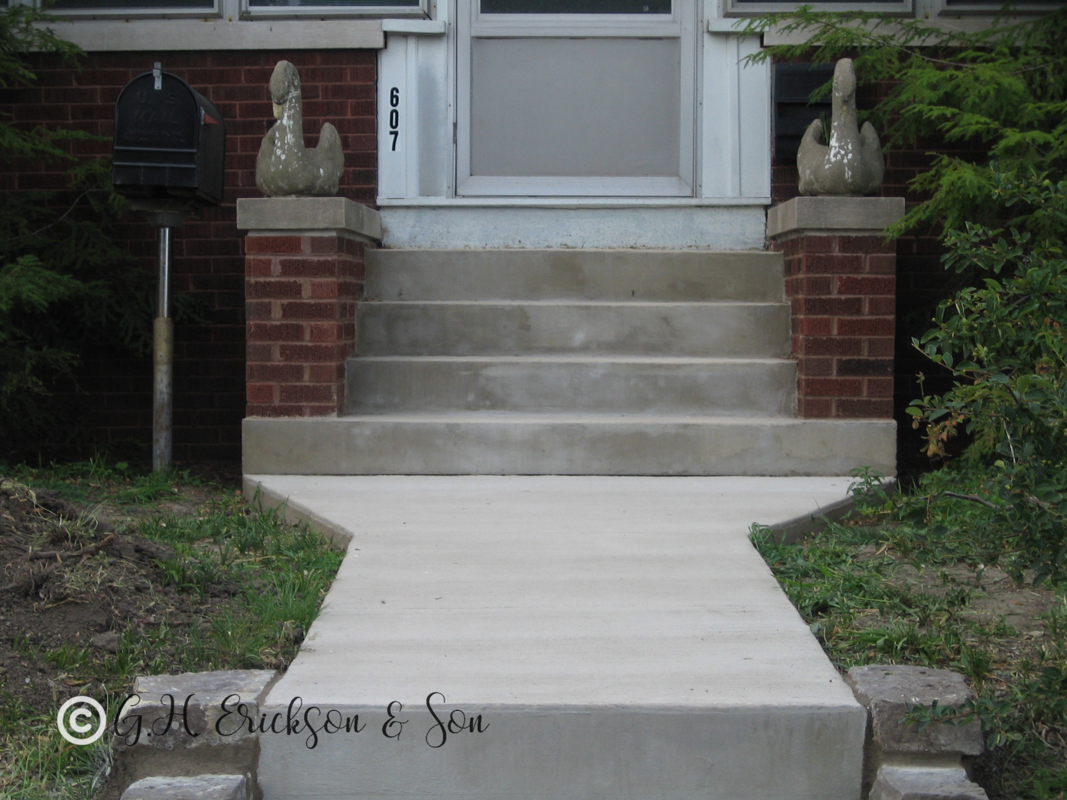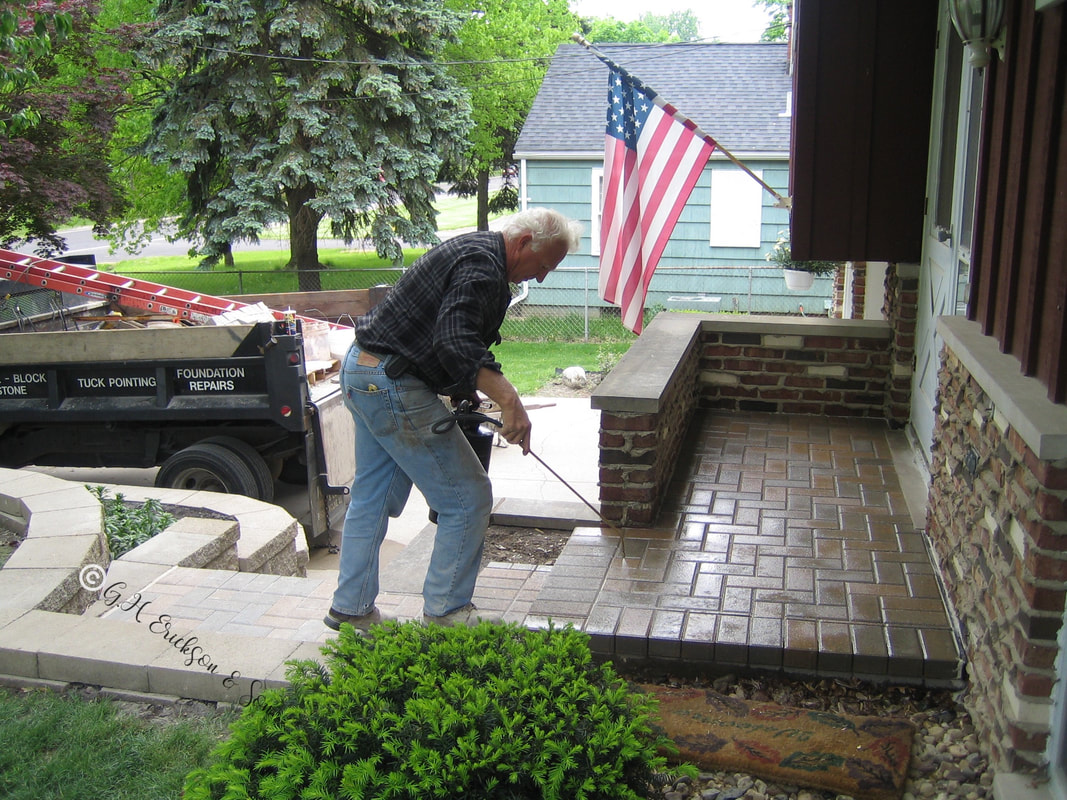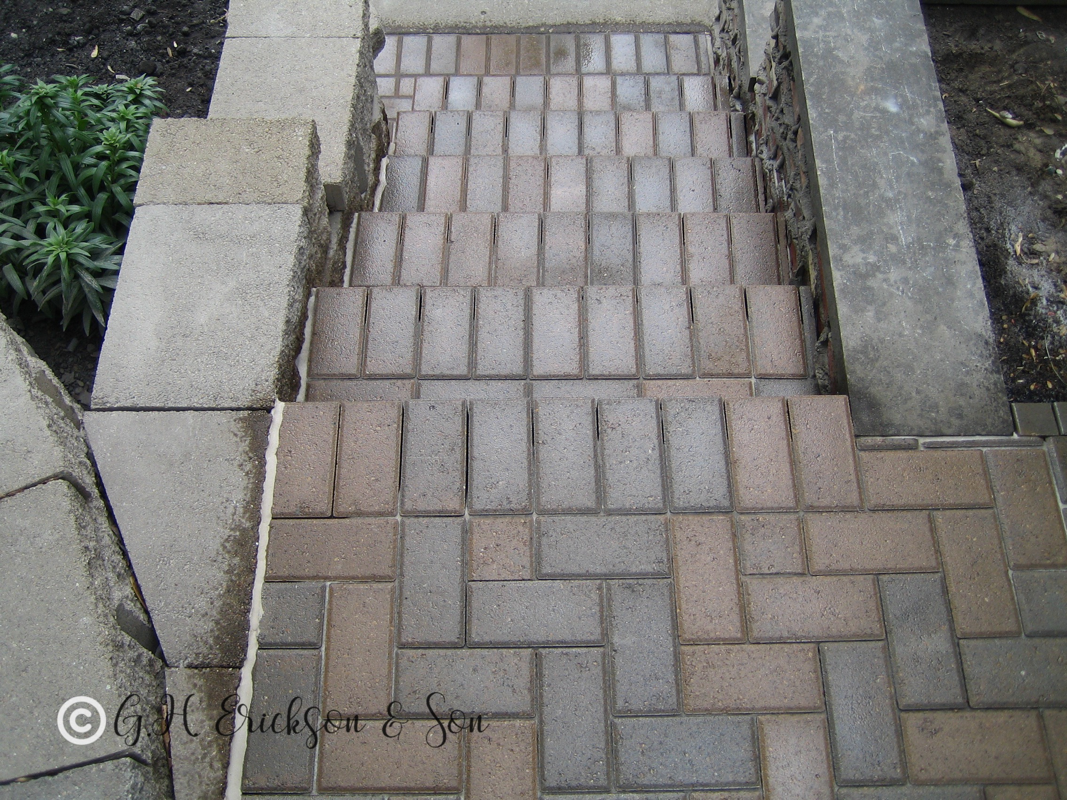Waterproofing: The Comprehensive Guide to Masonry Protection

Waterproofing is a critical aspect of property maintenance, ensuring the long-term health and integrity of your building. It's especially significant when it comes to masonry, given the naturally porous nature of many materials used in its construction.
Why Waterproofing is Crucial
Masonry, be it brick, stone, or concrete, is not entirely impervious to water. Over time, exposure to moisture can lead to various problems, ranging from heat loss and structural damage to health issues for the building's occupants.
1. The Porous Nature of Masonry
Contrary to popular belief, exterior brick and masonry walls absorb moisture due to their porous nature. The level of absorption depends on the porosity of the surface; more porous surfaces absorb more moisture. Even previously painted exterior walls can absorb moisture if painted with acrylic-based masonry paints labeled as 'weatherproof' or 'weather-resistant,' as these are not entirely waterproof.
2. Water Ingress and Its Impact
When moisture enters a building through the exterior wall, it is referred to as water ingress, a common issue across many regions. The effects of water ingress on a property can be manifold.
a. Damage to Brickwork and Masonry
Water ingress can cause significant damage to exterior brick and masonry walls. When water from rainfall absorbs into bare bricks, it can undergo a 'freeze-thaw cycle.' This cycle occurs when water freezes at temperatures below 0°C, expanding and causing movement within the pores of the brickwork. This movement can cause bricks to crack and for the faces of the bricks to 'spall,' meaning the front of the brick can fall off completely. Mortar can also begin to crumble due to the consistent exposure to high levels of moisture.
b. Dampness
Water ingress can lead to penetrating damp, easily identified by damp patches on interior & exterior walls, and the growth of black mould on interior walls. Penetrating damp can occur at any level of the building and can significantly impact the health of your property and its occupants.
c. Heat Loss
One of the less-known issues associated with water ingress is heat loss. Damp content of 5% can lower the insulating properties of a material by 50%. Considering that 35% of heat loss occurs on the exterior walls of a property, damp exterior walls can significantly impact the heat retention and energy efficiency of a property.

Methods of Waterproofing Brick & Masonry
To prevent the problems associated with water ingress, it's essential to prevent water from absorbing into exterior walls by waterproofing brick and masonry surfaces. This can be done using a waterproofing treatment, which can come in various forms, including waterproof masonry paints, masonry creams, and masonry sealers.
1. Breathability and Waterproofing Treatments
While these products offer waterproof protection, the most essential aspect of any waterproofing treatment is its 'breathability.' Breathability refers to the material's ability to allow water vapour to pass through it. If a product is not highly breathable, it can cause moisture to build up underneath the coating, leading to damage to the material and the coating's failure.
2. Misinformation and Sealers
There has been significant misinformation regarding waterproofing treatments due to the introduction of 'sealers,' low breathability waterproofing treatments that 'seal' the moisture in the building. Some professionals advise against waterproofing masonry and brick surfaces due to these low breathability sealers. However, waterproofing exterior walls is essential for their protection, provided a highly breathable treatment is used to maintain the natural breathability of the brickwork.
3. Nano-Technology and Super Hydrophobic Surfaces
Advanced nano-technology has been developed to create a super hydrophobic surface on the building material, repelling water rather than absorbing it. This water repellence, known as the beading effect or 'lotus effect,' doesn't impact the breathability of the material, allowing moisture to escape.

Step-by-Step Guide to Waterproofing Brick & Masonry Walls
Before starting the process of waterproofing brick and masonry, ensure you have the right tools for the job. This will make the application process quicker and smoother.
1. Preparation
The preparation stage is critical for ensuring the best possible results. While the application process for different waterproofing treatments varies, the surface's preparation has several common steps.
a. Removing Efflorescence
Efflorescence is a white powdery substance on the brickwork caused by water ingress. This should be removed before continuing the waterproofing process.
b. Assessing and Repairing Damage
Assess the brick walls for any signs of cracks or damage. If there are any defects in the brickwork, ensure you repair these before applying a waterproofing treatment as this can allow moisture to enter the substrate.
c. Cleaning the Surface
Brush off any visible dirt from the masonry with a dust brush. If you leave any dirt on the wall, this can compromise the treatment's effectiveness.
d. Using Exterior Cleaner
While ensuring the surface is dry, apply an exterior masonry cleaner. This is a fungicidal masonry cleaner that kills any fungal growth, leaving the surface ready to prime and paint.
2. Application
Ensure conditions are dry before beginning painting, as the waterproofing paint needs to cure correctly into the exterior walls. The application process is relatively straightforward, involving edge treatment with a brush and then applying the coating using a paint roller for an even finish.
Frequently Asked Questions on Waterproofing Brick & Masonry
1. Can brick and masonry waterproofing products be applied to previously painted walls?
Yes, some products, like Emperor Masonry Paint, can be applied over previously painted surfaces. However, other treatments like Emperor Masonry Creme must be applied to bare, unpainted surfaces.
2. How often will I need to reapply masonry paint?
The life expectancy of masonry paints can vary. Some advanced products, like those from Emperor Paint, have a lifetime expectancy of over 25 years, as shown through independent tests.
3. How much masonry paint will I need?
It's essential to check the coverage of the masonry paint you are using before starting the painting process. This ensures you have enough paint, guaranteeing an even finish.
4. What is the difference between anti-damp paint and brick waterproofing products?
Anti-damp paint, also known as anti-condensation paint, is an interior emulsion that prevents mould growth by reducing interior wall condensation. In contrast, brick waterproofing treatments are external products designed to prevent penetrating damp.
In conclusion, using reliable waterproofing & masonry service is a critical maintenance task that can save property owners from costly repairs down the line. Whether your building is a new build or a traditional one, it's essential to understand the waterproofing process and implement it effectively to maintain your property's integrity.